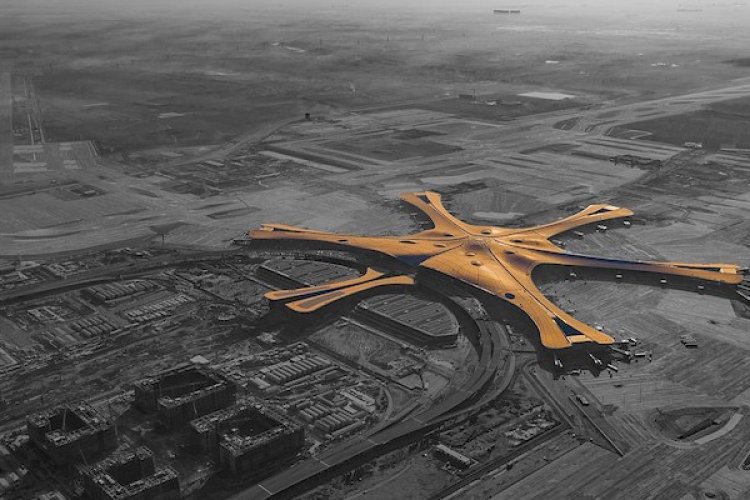Foodie Nightmare: One Man’s Quixotic Quest to Eat His Way Through T3
The Beijing Capital International Airport’s Terminal 3 may be ranked as one of the best in the world, but it’s definitely not because of the food. Yes, there are airports with even worse grub (we’re looking at you, Moscow, Edinburgh, and LAX), but with its motley crew of greasy, overcrowded and overpriced vendors, T3 may very well leave you feeling queasy and ripped-off – and that’s even before you find yourself strapped-in like a sardine and dry heaving over the slop they serve on your long-haul flight.
Our intrepid writer Kyle Mullin recently hit up T3’s main departure hall – his mission: to sample as much food as he could possibly stomach over the lunch hour and report back to HQ. Here’s what he found out.
Stop #1: Down with The King

Maybe it’s the can’t-miss-location, or, perhaps, it’s the familiarity of franchised fast food – there’s something about the T3 Burger King that draws a steady stream of hungry commuters looking to get one last semi-palatable fix before entering the food wasteland beyond customs.
Scarfing down a Whopper is as much a part of our pre-flight routine as checking in luggage, so we made a beeline for BK upon entering the cavernous departure hall. As usual, the line snaked out to the elevator, but we were able to order and get our burger within a few minutes.
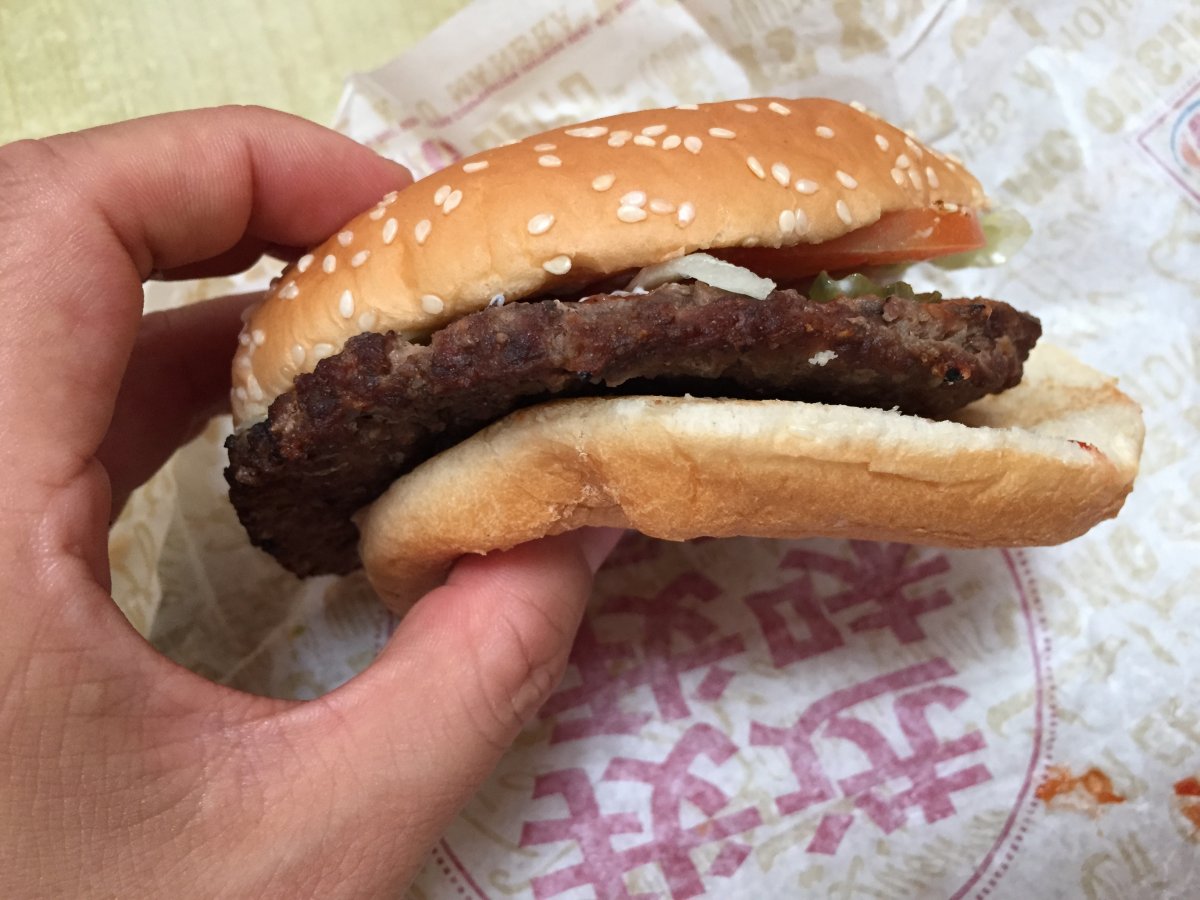
BK Whoppers are like cotton candy: delicious at first, but more disgusting with each bite. For the latter, this is due to the overwhelmingly synthetic sweetness, and for BK burgers (at least the ones they serve in Beijing) it’s because the meat loses all of its “flame-broiled” flavor as it gets cold, and those crappy, dry buns always disintegrate after a few bites (I swear, they must bake them with sawdust).
This occasion was no exception – three bites of semi-deliciousness (we were famished, after all) and BAM! Instant bloat. To be fair, we were intending to save room in our stomachs for the rest of our “research,” but on this trip the meat tasted especially tepid and the bun was chafingly dry. Nonplussed, we shoved it back in the bag and soldiered on to our next stop.
Stop #2: Halal Hell Breaks Loose
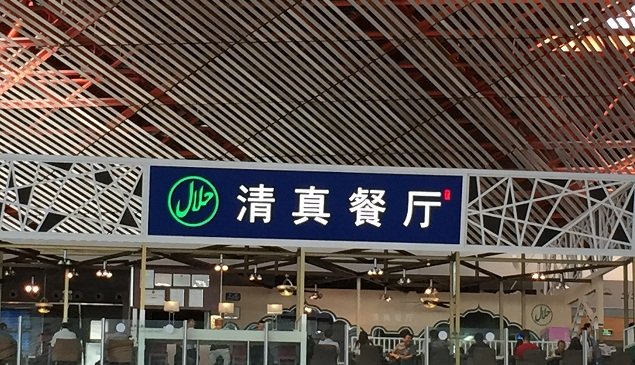
With our semi-chewed Whopper in tow, we maneuvered our way further in past the Bibigo Korean restaurant to our next stop: the generically-named Qing Zhen Can Ting (Halal Restaurant).
That dingy back alley chuan’r stand near your house (you know, the one selling dubious-looking sticks of mystery meat crammed in a grimy styrofoam box covered in congealed blood and buzzing flies) ain’t got nothin’ on this place.
After being hustled to our table (and being told “you can’t eat that here,” by one of the waiters as he eyed my companion’s half-eaten Whopper), I ordered a bowl of “hand-pulled noodle soup with beef (or sliced noodles),” one lamb kebab and a Sprite. Ten minutes later, a gruff-looking waitress (dressed in the requisite ethnic garb) brought out the goods: a plastic bowl filled with a grayish-brown broth that tasted like it had been spiked with industrial grade salt.

The la mian itself was passable, but don’t get me started on the “beef,” which consisted of a couple of thinly sliced wedges of gristly, fatty off-colored meat.
Then there was the chuan’r, which had evidently been prepared pre-frozen in one of those smokeless, electric grill-thingies (I’ll give them a pass on that, considering we were at the airport). Despite the copious coating of cumin, the puny portion was as bland as it was dry. And judging from the overall whiteness of the meat, it was even hard to tell if what we were eating was indeed lamb (those unscrupulous chuan’r vendors who pass off low grade pork slathered in mutton grease as yangrou chuan’r come to mind) – but seeing how this is T3 and all, we’ll give them the benefit of the doubt.
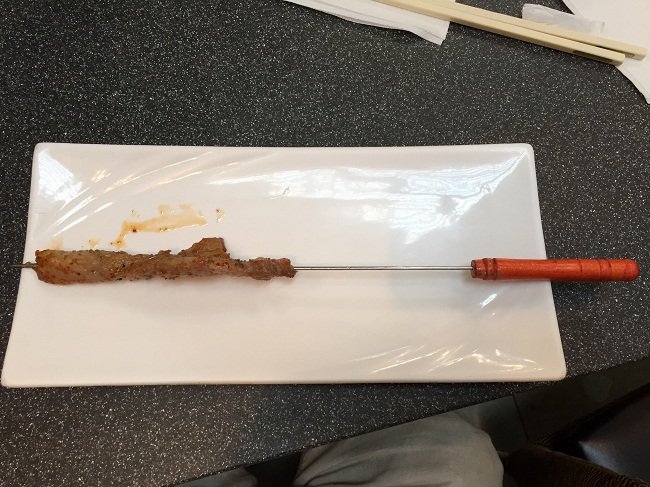
The final slap in the gullet was the bill: Not only did the noodles cost 48-friggin’ kuai, we also had to shell out RMB 8 for the chuan’r and RMB 19 for the watered-down Sprite. So pretty much right off the bat, we were out over RMB 110 (including the cost of our 36-kuai Whopper). Zing!
Stop #3: Break On Through to the Other Side

Prior to this little culinary excursion, my companion had never once set foot on the second level of restaurants to the right of the main entrance point leading down to the trams (the part above what is now Costa Coffee).
This was primarily due to the fact that the eateries here appear to be exclusively of the sit-down variety – less “grab-and-go” than the fast-food dominated section on the opposite side of the “Dragon Ball Statue” in the center of the main entrance hall. “My premise has always been simple,” my friend explained. “If you have that much time to while away before your flight, you’re better off doing so after going through the hassle of crowding onto the tram and battling your way through customs and security.”
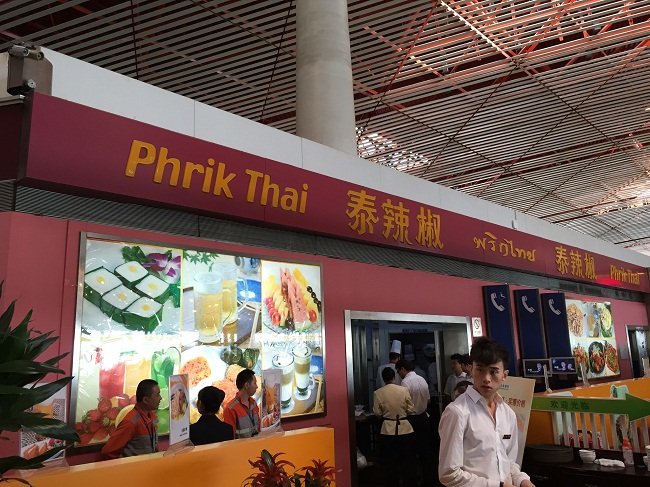
But of course, this time we were on an entirely different mission. So we hauled our half-bloated bellies across the way to check out the restaurants on the “Other Side.” The first place we spotted was Huang Yang Fang Celestial Cuisine – a run-of-the-mill looking restaurant serving “Homestyle” jia chang cai and some Cantonese cuisine. Feeling less inclined for more Chinese food after our salty starch fest, we kept walking past the Pizza Hut (the disgustingness of which goes without saying) and plopped down at Phrik Thai.
This long-running, Beijing-based chain has been around since the late 1990s and was one of the earliest Thai restaurants in the Capital. And like pretty much all of the similarly themed restaurants in town, their version of Thai food isn’t exactly the same as you’d get strolling through the nightmarkets in Bangkok or Chiang Mai.
Feeling completely put off by meat after the Whopper/chuan’r double whammy, we opted to go full veg with a papaya salad (RMB 48) and green vegetable curry (RMB 53). Our food arrived in a very reasonable time, but this was no coincidence: right off the bat our taste buds told how long the papaya salad had been stewing in its “special sauce.”
When properly prepared, a fresh papaya salad is a delectable balance of tangy sweetness and tongue-teasing tartness. This dish, however, was off-the-scales sour – any hint of the fruit’s flavor was completely drowned in a soggy bath of acrid vinegar, salt, and MSG. “Whoa – that’s sour!” exclaimed my dining companion after the first bite as he did what appeared to be his best Robert De Niro impression.
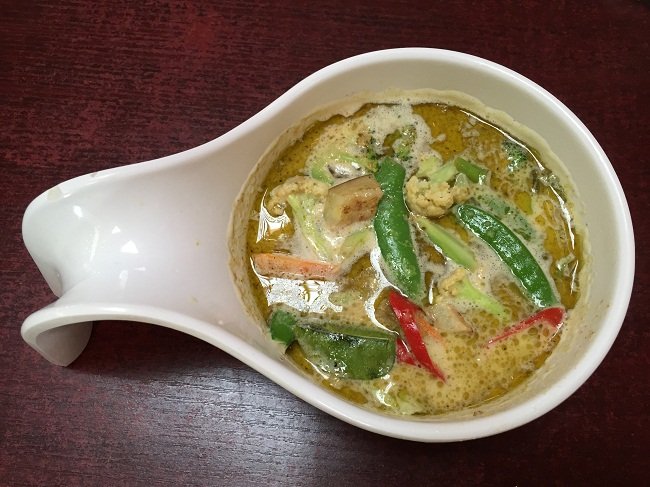
The curry, which had viscous filmy layer of oil floating at the top, was also a study in contrasts: overwhelming in its salty spiciness, yet completely flavorless at the same time. The cooks seemed to have approached its preparation in much the same way northern jia chang cai dishes are typically prepared here in Beijng – just slather it in oil and pour on the salt (hypertension be damned!). The rice arrived and we took a few bites in sweaty silence, thankful that unlike the diners around us, we were not about to embark on a 12-hour trapped in a pressurized cabin.
Throwing in the towel
We had lofty intentions of hitting up even more places (including the dubious sounding “Jackie Chan Cafe”), but our stomachs just couldn’t handle it. To be fair, the Beijing Capital International Airport has come a long way since its earliest days when the best you could hope for was a box of instant noodles if you didn’t want to fork over an outrageous sum for utterly disgusting food at the handful of old school state-run style restaurants that used to dominate Terminals 1 and 2.
And travelers certainly aren’t starved for choice when it comes to selection – plans are underway for even more restaurants and cafés in T3. But unless you truly enjoy sub-par fast food, or have too much time on your hands before your boarding time, none of the places I have tried over the years are worth the generally jacked-up prices.
A far tastier alternative …
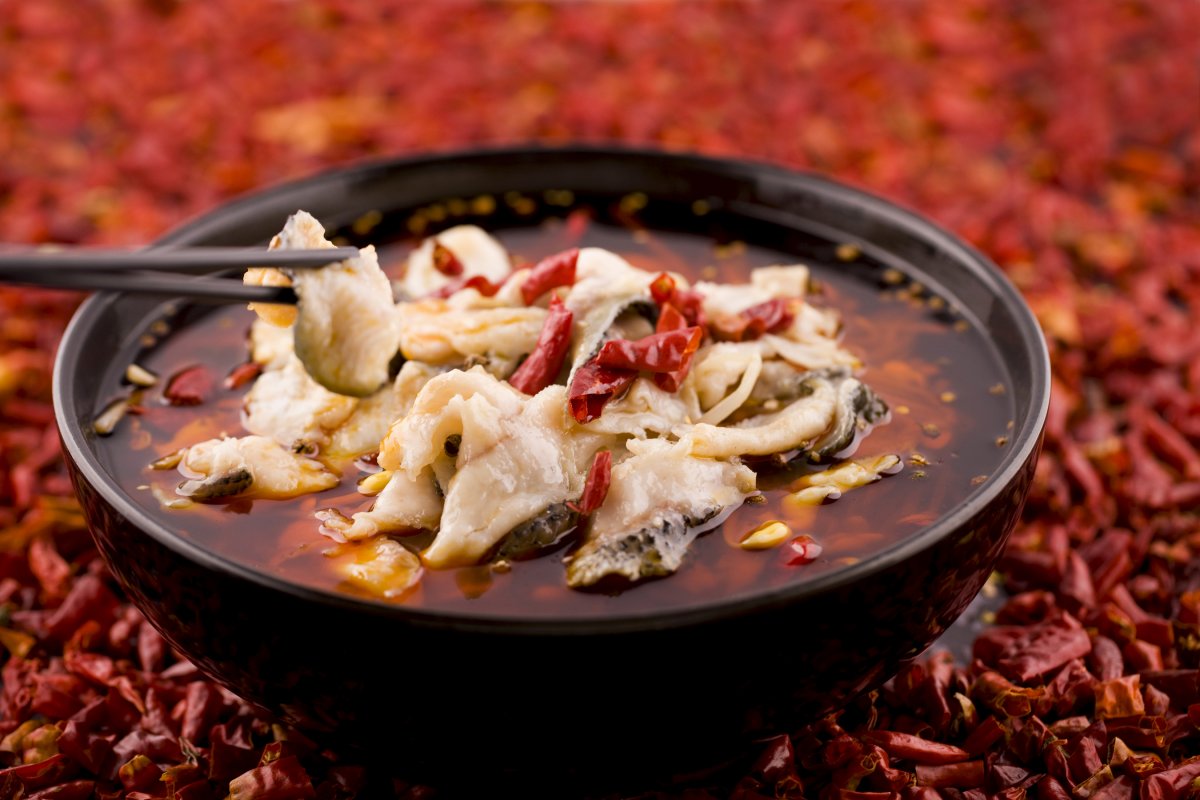
Fortunately for famished flyers with more discerning tastes, there are far more appetizing dining options at the nearby Hilton Beijing Capital Airport. If you’re on your way out of China, sample sublimely spicy and authentic Sichuan and Hunan dishes, including their delectable Fresh Water Black Mullet Filet with Bean Sprouts in Aromatic Spiced Oil, prepared with the freshest of ingredients by a master chef from Chongqing at My China restaurant, or tuck into delectable Cantonese cuisine, including the signature Crystal Shrimp Dumplings, at in the upscale, yet comfortable surroundings of Yue Shang.
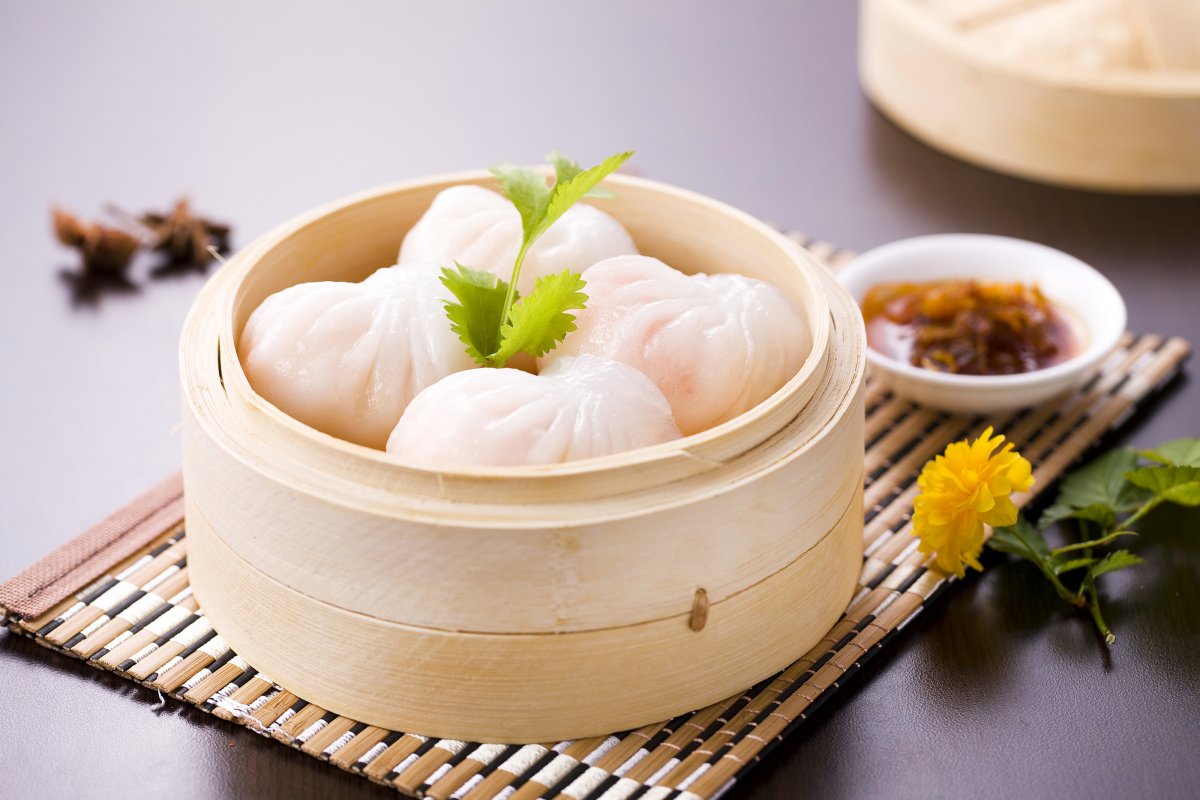
If you’re craving quality Continental cuisine, go for the Compass Grill, which serves up the very best steaks and seafood, like their delicious Caramelized Cod Fish with Yabbies, as well as Asian specialties like tandoori dishes – all cooked in glass-fronted open kitchens; or feast to your heart’s content at the 360 Degrees Casual Dining buffet, with its wide selection of cuisine from Pacific Rim and Mediterranean Regions, including fresh seafood and sweet desserts, prepared by highly skilled chefs cooking on-site.
All of these options, added to the fact that you can book an overnight stay before your early morning flight, make the Hilton Beijing Capital Airport a convenient and ideal option for savviest jet setters.

As the first international business and convention hotel at the airport, Hilton Beijing Capital Airport offers five-star comfort and unique convenience for people in transit, business travelers, trade fair visitors and event organizers. With 322 luxurious guestrooms, all with 3.5-meter-high ceilings and finished to the highest standard with sound-proofed floor-to-ceiling windows and comprehensive in-room facilities, the Hilton Beijing Capital Airport is one of the largest hotels in Beijing. Guests can enjoy an extensive range of food outlets featuring the most distinctive Chinese regional cuisines as well as classic Western and Asian dishes in their choice of four stylish restaurants, with a total of 32 private dining rooms.
For more information on how to book your room, and avoid the stress and anxiety of rushing to the airport at the last minute, click here.

This post is sponsored by the Hilton Beijing Capital Airport.
Photos courtesy of the Hilton Beijing Capital Airport, Jerry Chan
Related stories :
Comments
New comments are displayed first.Comments
![]() TX_Chick
Submitted by Guest on Fri, 10/16/2015 - 08:30 Permalink
TX_Chick
Submitted by Guest on Fri, 10/16/2015 - 08:30 Permalink
Re: Foodie Nightmare: One Man’s Quixotic Quest to Eat His Way...
Sponsored posts are always backed in yellow, but I agree, it would be nice for the sponsorship to be written at the top. Sometimes they are, sometimes they aren't.
Validate your mobile phone number to post comments.


